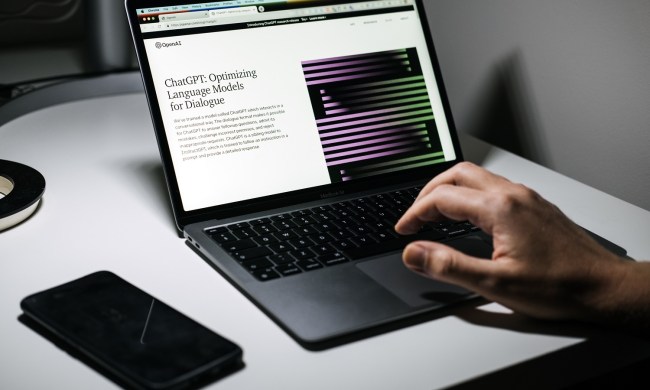
California Gov. Gavin Newsom has vetoed SB 1047, the Safe and Secure Innovation for Frontier Artificial Models Act, arguing in a letter to lawmakers that it “establishes a regulatory framework that could give the public a false sense of security about controlling this fast-moving technology.”
“I do not believe this is the best approach to protecting the public from real threats posed by the technology,” he wrote. SB 1047 would have required “that a developer, before beginning to initially train a covered model … comply with various requirements, including implementing the capability to promptly enact a full shutdown … and implement a written and separate safety and security protocol.”
However, Newsom noted that 32 of the top 50 AI companies are based in California, and that the bill would focus on only the largest firms. “Smaller, specialized models may emerge as equally or even more dangerous than the models targeted by SB 1047,” he stated.
“While well-intentioned, SB 1047 does not take into account whether an Al system is deployed in high-risk environments, involves critical decision-making or the use of sensitive data,” Newsom wrote. “Instead, the bill applies stringent standards to even the most basic functions – so long as a large system deploys it.”
SB 1047 sparked heated debate within the AI industry as it made its way through the legislature. OpenAI stridently opposed the measure, resulting in researchers William Saunders and Daniel Kokotajlo publicly resigning in protest, while xAI CEO Elon Musk came out in favor of the bill. Many in Hollywood also expressed support for SB 1047, including J.J. Abrams, Jane Fonda, Pedro Pascal, Shonda Rhimes, and Mark Hamill.
“We cannot afford to wait for a major catastrophe to occur before taking action to protect the public. California will not abandon its responsibility. Safety protocols must be adopted. Proactive guardrails should be implemented, and severe consequences for bad actors must be clear and enforceable,” Newsom wrote. However, “ultimately, any framework for
effectively regulating Al needs to keep pace with the technology itself.”
Monday’s announcement comes less than a month after the governor signed AB 2602 and AB 1836, both backed by the SAG-AFTRA union. AB 2602 requires performers grant informed consent prior to using their “digital replicas,” while AB 1836 strengthened protections against ripping off the voice and likeness of deceased performers.



